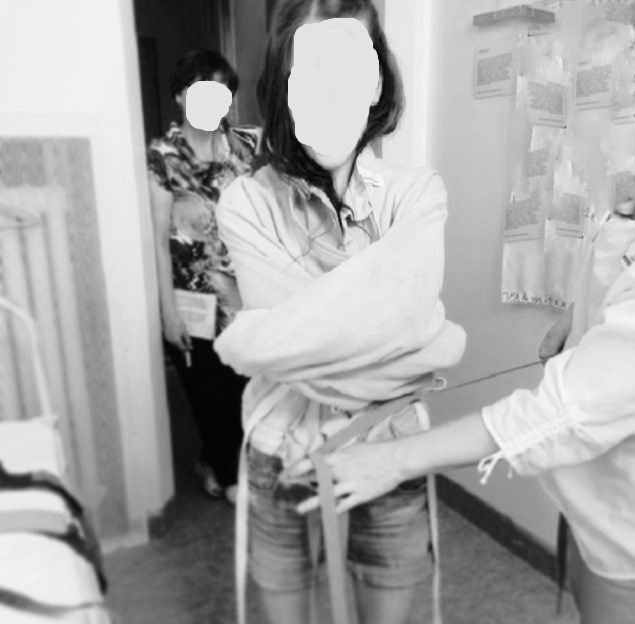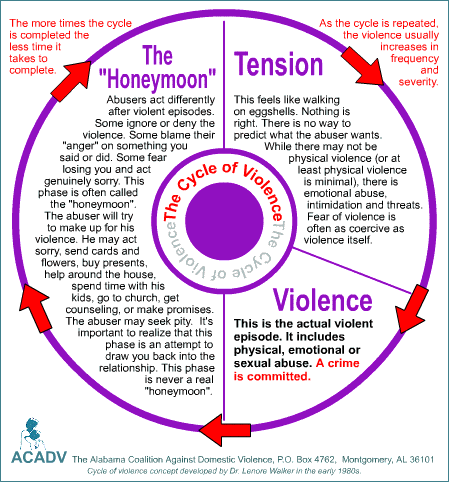Breathing exercises to relax anxiety
8 Breathing Exercises for Anxiety You Can Try Right Now
If you feel breathless due to anxiety, there are breathing techniques you can try to alleviate symptoms and start feeling better.
Let’s look at several you can do on at any point during your day or build into longer moments for yourself.
Inhaling deeply may not always calm you down. Taking a deep breath in is actually linked to the sympathetic nervous system, which controls the fight-or-flight response. But exhaling is linked to the parasympathetic nervous system, which influences our body’s ability to relax and calm down.
Taking too many deep breaths too quickly can actually cause you to hyperventilate. Hyperventilation decreases the amount of oxygen-rich blood that flows to your brain.
When we feel anxious or under stress, it’s easier to breathe too much and end up hyperventilating — even if we’re trying to do the opposite.
- Before you take a big, deep breath, try a thorough exhale instead.
Push all the air out of your lungs, then simply let your lungs do their work inhaling air.
- Next, try spending a little bit longer exhaling than you do inhaling. For example, try inhaling for four seconds, then exhale for six.
- Try doing this for two to five minutes.
This technique can be done in any position that’s comfortable for you, including standing, sitting, or lying down.
Breathing from your diaphragm (the muscle that sits just beneath your lungs) can help reduce the amount of work your body needs to do in order to breathe.
To learn how to breathe from your diaphragm:
Check-in
- For comfort, lie down on the floor or bed with pillows beneath your head and knees. Or sit in a comfortable chair with your head, neck, and shoulders relaxed, and your knees bent.
- Then, put one hand under your rib cage and one hand over your heart.
- Inhale and exhale through your nose, noticing how or if your stomach and chest move as you breathe.

- Can you isolate your breathing so you bring air deeper into your lungs? What about the reverse? Can you breathe so your chest moves more than your stomach?
Eventually, you want your stomach to move as you breathe, instead of your chest.
Practice belly breathing
- Sit or lie down as described above.
- Place one hand on your chest and one hand on your stomach somewhere above your belly button.
- Breathe in through your nose, noticing your stomach rise. Your chest should remain relatively still.
- Purse your lips and exhale through your mouth. Try engaging your stomach muscles to push air out at the end of the breath.
For this type of breathing to become automatic, you’ll need to practice it daily. Try doing the exercise three or four times a day for up to 10 minutes.
If you haven’t been using your diaphragm to breathe, you may feel tired at first. It’ll get easier with practice though.
When deep breathing is focused and slow, it can help reduce anxiety. You can do this technique by sitting or lying down in a quiet, comfortable location. Then:
You can do this technique by sitting or lying down in a quiet, comfortable location. Then:
- Notice how it feels when you inhale and exhale normally. Mentally scan your body. You might feel tension in your body that you never noticed.
- Take a slow, deep breath through your nose.
- Notice your belly and upper body expanding.
- Exhale in whatever way is most comfortable for you, sighing if you wish.
- Do this for several minutes, paying attention to the rise and fall of your belly.
- Choose a word to focus on and vocalize during your exhale. Words like “safe” and “calm” can be effective.
- Imagine your inhale washing over you like a gentle wave.
- Imagine your exhale carrying negative and upsetting thoughts and energy away from you.
- When you get distracted, gently bring your attention back to your breath and your words.
Practice this technique for up to 20 minutes daily when you can.
Another form of breathing that stems from the ancient practice of pranayama yoga is equal breathing.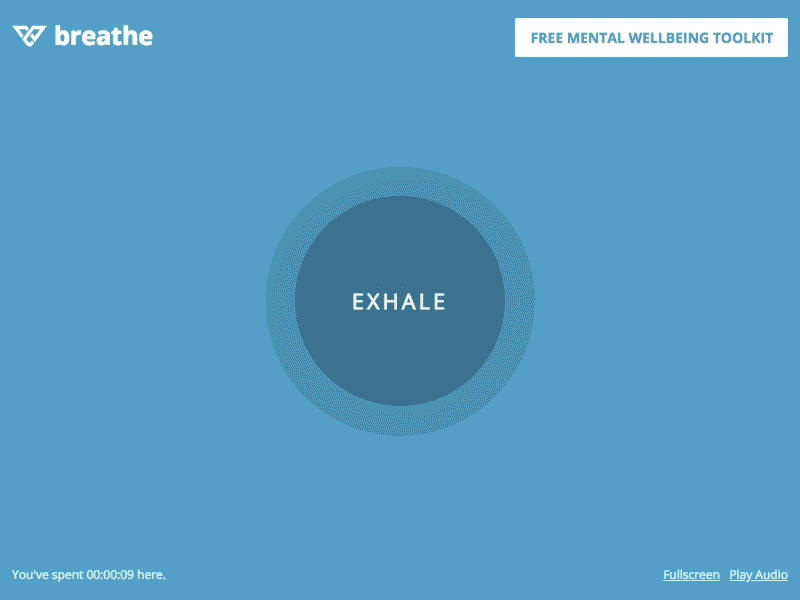 This means you’re inhaling for the same amount of time as you’re exhaling.
This means you’re inhaling for the same amount of time as you’re exhaling.
You can practice equal breathing from a sitting or lying-down position. Whichever position you choose, be sure to get comfortable.
- Shut your eyes and pay attention to the way you normally breathe for several breaths.
- Then, slowly count 1-2-3-4 as you inhale through your nose.
- Exhale for the same four-second count.
- As you inhale and exhale, be mindful of the feelings of fullness and emptiness in your lungs.
As you continue practicing equal breathing, your second count might vary. Be sure to keep your inhale and exhale the same.
Resonant breathing, also called coherent breathing, can help you calm anxiety and get into a relaxed state. To try it yourself:
- Lie down and close your eyes.
- Gently breathe in through your nose, mouth closed, for a count of six seconds.
- Don’t fill your lungs too full of air.
- Exhale for six seconds, allowing your breath to leave your body slowly and gently.
 Don’t force it.
Don’t force it. - Continue for up to 10 minutes.
- Take a few additional minutes to be still and focus on how your body feels.
Yoga is a wellness practice with ancient roots, and breathing is at the heart of each variation of yoga.
One form of yoga, pranayama, includes multiple breathing variations that may help with anxiety. Some of these include lengthened exhale and equal breathing (both featured above), as well as lion’s breath and alternate nostril breathing (nadi shodhana).
Lion’s breath involves exhaling forcefully. To try lion’s breath:
- Get into a kneeling position, crossing your ankles and resting your bottom on your feet. If this position isn’t comfortable, sit cross-legged.
- Bring your hands to your knees, stretching out your arms and your fingers.
- Take a breath in through your nose.
- Breathe out through your mouth, allowing yourself to vocalize “ha.”
- During exhale, open your mouth as wide as you can and stick your tongue out, stretching it down toward your chin as far as it will go.
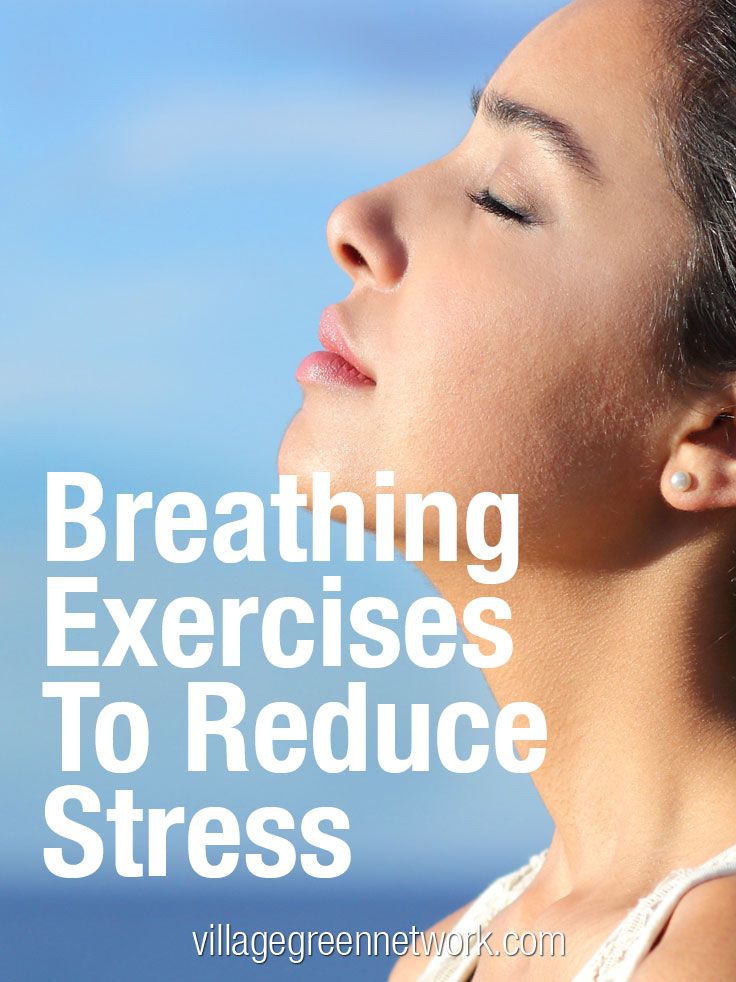
- Focus on the middle of your forehead (third eye) or the end of your nose while exhaling.
- Relax your face as you inhale again.
- Repeat the practice up to six times, changing the cross of your ankles when you reach the halfway point.
To try alternate nostril breathing, sit down in a comfortable place, lengthening your spine and opening your chest.
Rest your left hand in your lap and raise your right hand. Then, rest the pointer and middle fingers of your right hand on your forehead, in between the eyebrows. Close your eyes, inhaling and exhaling through your nose.
- Use your right thumb to close the right-hand nostril and inhale slowly through the left.
- Pinch your nose closed between your right thumb and ring finger, holding the breath in for a moment.
- Use your right ring finger to close your left nostril and exhale through the right, waiting for a moment before you inhale again.
- Inhale slowly through the right nostril.

- Pinch your nose closed again, pausing for a moment.
- Now, open the left side and exhale, waiting a moment before you inhale again.
- Repeat this cycle of inhaling and exhaling through either nostril up to 10 times. Each cycle should take up to 40 seconds.
Some people use guided meditation to alleviate anxiety by interrupting patterns of thinking that perpetuate stress.
You can practice guided meditation by sitting or lying in a cool, dark, comfortable place and relaxing. Then, listen to calming recordings while relaxing your body and steadying your breathing.
Guided meditation recordings help take you through the steps of visualizing a calmer, less stressed reality. It can also help you gain control over intrusive thoughts that trigger anxiety.
Meditation can help you establish new habits and patterns of thinking. If you’d like to try it yourself, UCLA has guided meditation recordings available for streaming here.
If you’re experiencing anxiety or panic attacks, try using one or more of these breathing techniques to see if they can alleviate your symptoms.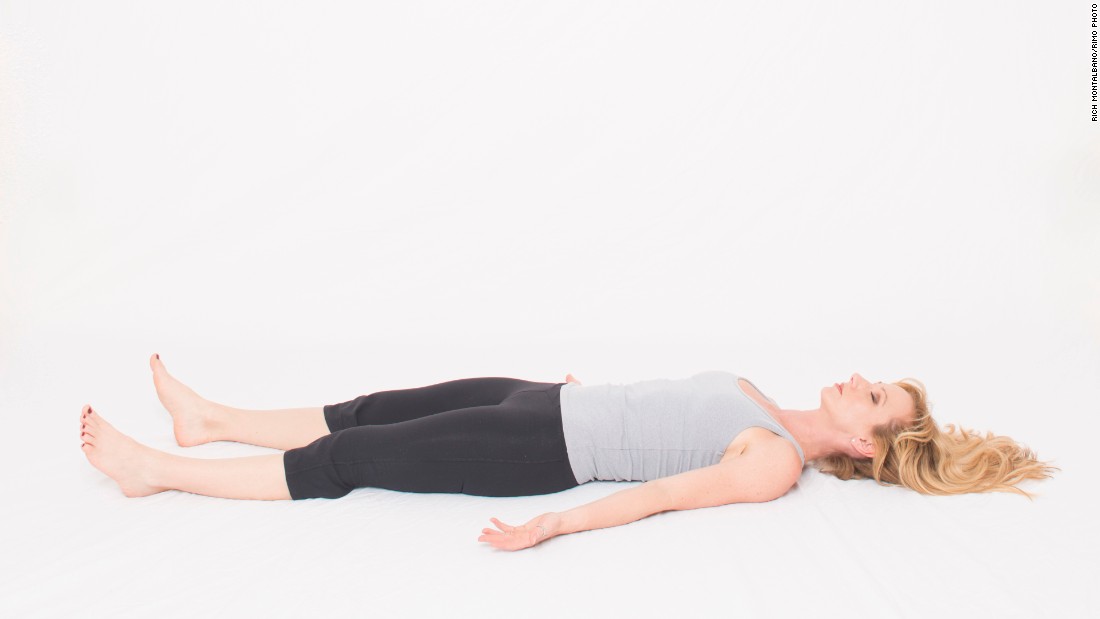
If your anxiety persists or gets worse, make an appointment with your doctor to discuss your symptoms and possible treatments. With the right approach, you can regain your quality of life and control over your anxiety.
8 Breathing Exercises for Anxiety You Can Try Right Now
If you feel breathless due to anxiety, there are breathing techniques you can try to alleviate symptoms and start feeling better.
Let’s look at several you can do on at any point during your day or build into longer moments for yourself.
Inhaling deeply may not always calm you down. Taking a deep breath in is actually linked to the sympathetic nervous system, which controls the fight-or-flight response. But exhaling is linked to the parasympathetic nervous system, which influences our body’s ability to relax and calm down.
Taking too many deep breaths too quickly can actually cause you to hyperventilate. Hyperventilation decreases the amount of oxygen-rich blood that flows to your brain.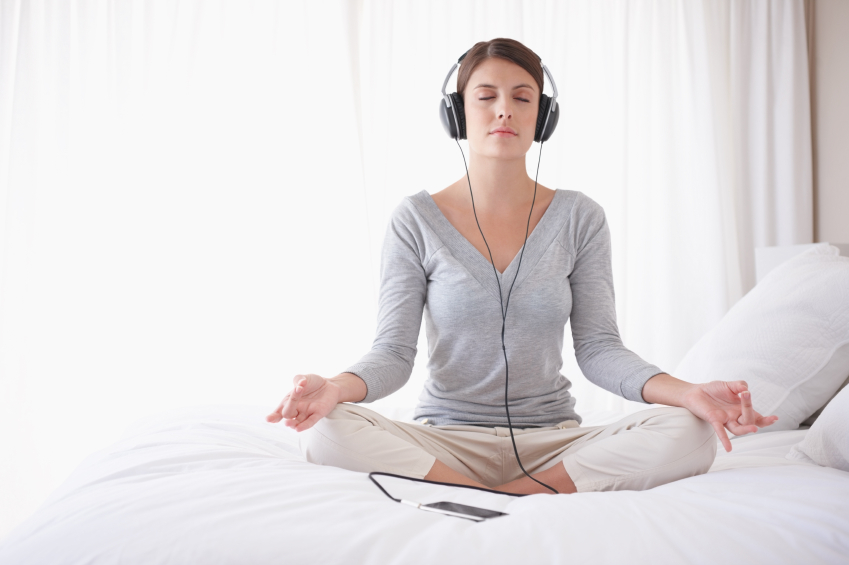
When we feel anxious or under stress, it’s easier to breathe too much and end up hyperventilating — even if we’re trying to do the opposite.
- Before you take a big, deep breath, try a thorough exhale instead. Push all the air out of your lungs, then simply let your lungs do their work inhaling air.
- Next, try spending a little bit longer exhaling than you do inhaling. For example, try inhaling for four seconds, then exhale for six.
- Try doing this for two to five minutes.
This technique can be done in any position that’s comfortable for you, including standing, sitting, or lying down.
Breathing from your diaphragm (the muscle that sits just beneath your lungs) can help reduce the amount of work your body needs to do in order to breathe.
To learn how to breathe from your diaphragm:
Check-in
- For comfort, lie down on the floor or bed with pillows beneath your head and knees. Or sit in a comfortable chair with your head, neck, and shoulders relaxed, and your knees bent.

- Then, put one hand under your rib cage and one hand over your heart.
- Inhale and exhale through your nose, noticing how or if your stomach and chest move as you breathe.
- Can you isolate your breathing so you bring air deeper into your lungs? What about the reverse? Can you breathe so your chest moves more than your stomach?
Eventually, you want your stomach to move as you breathe, instead of your chest.
Practice belly breathing
- Sit or lie down as described above.
- Place one hand on your chest and one hand on your stomach somewhere above your belly button.
- Breathe in through your nose, noticing your stomach rise. Your chest should remain relatively still.
- Purse your lips and exhale through your mouth. Try engaging your stomach muscles to push air out at the end of the breath.
For this type of breathing to become automatic, you’ll need to practice it daily. Try doing the exercise three or four times a day for up to 10 minutes.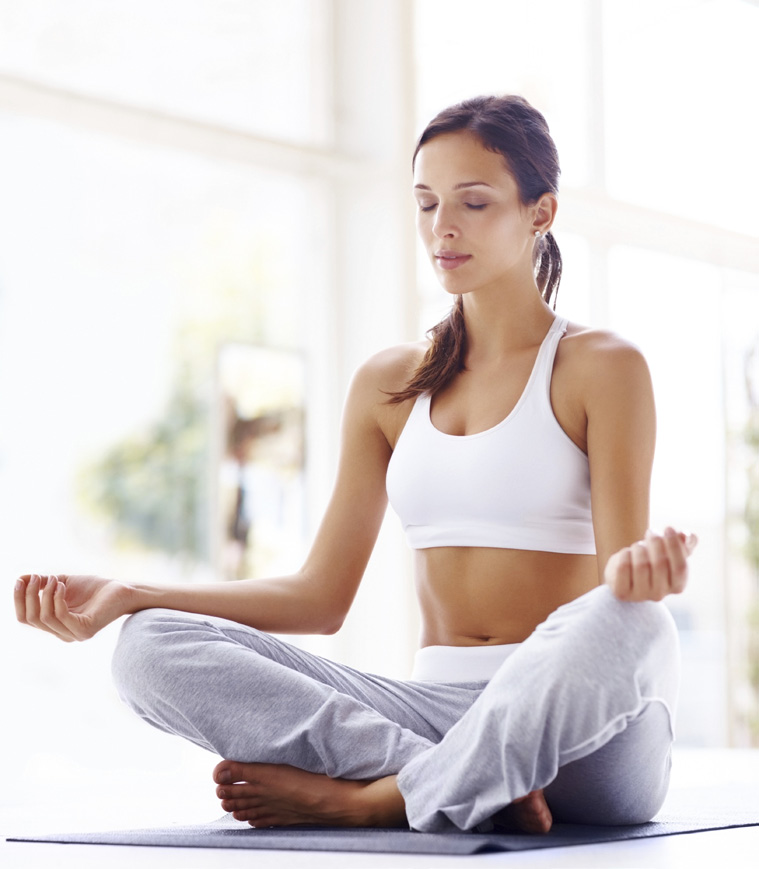
If you haven’t been using your diaphragm to breathe, you may feel tired at first. It’ll get easier with practice though.
When deep breathing is focused and slow, it can help reduce anxiety. You can do this technique by sitting or lying down in a quiet, comfortable location. Then:
- Notice how it feels when you inhale and exhale normally. Mentally scan your body. You might feel tension in your body that you never noticed.
- Take a slow, deep breath through your nose.
- Notice your belly and upper body expanding.
- Exhale in whatever way is most comfortable for you, sighing if you wish.
- Do this for several minutes, paying attention to the rise and fall of your belly.
- Choose a word to focus on and vocalize during your exhale. Words like “safe” and “calm” can be effective.
- Imagine your inhale washing over you like a gentle wave.
- Imagine your exhale carrying negative and upsetting thoughts and energy away from you.
- When you get distracted, gently bring your attention back to your breath and your words.
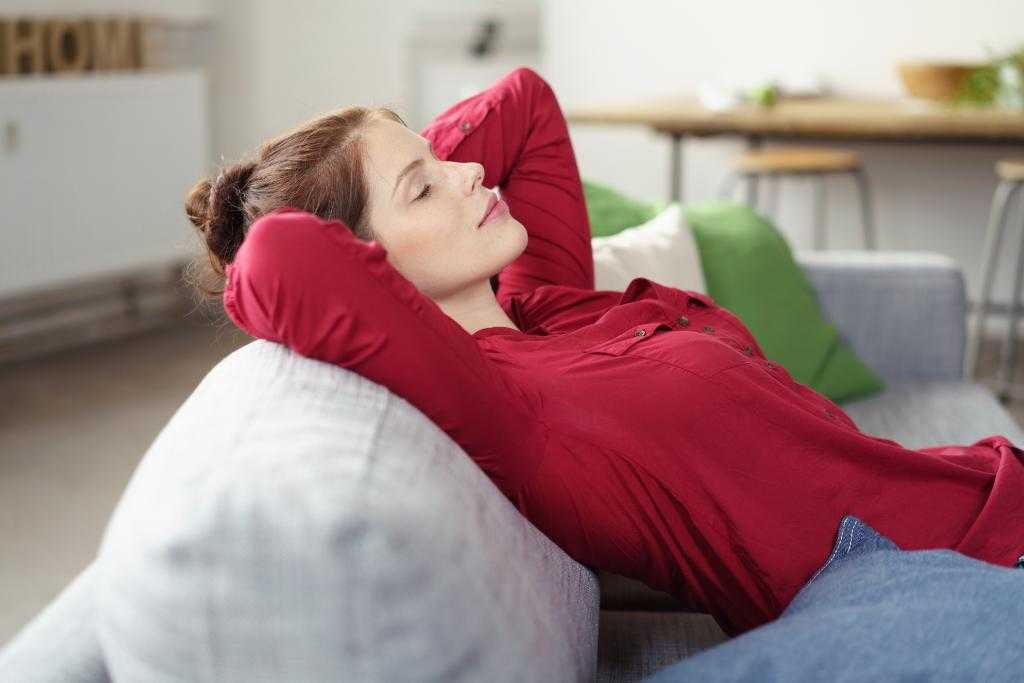
Practice this technique for up to 20 minutes daily when you can.
Another form of breathing that stems from the ancient practice of pranayama yoga is equal breathing. This means you’re inhaling for the same amount of time as you’re exhaling.
You can practice equal breathing from a sitting or lying-down position. Whichever position you choose, be sure to get comfortable.
- Shut your eyes and pay attention to the way you normally breathe for several breaths.
- Then, slowly count 1-2-3-4 as you inhale through your nose.
- Exhale for the same four-second count.
- As you inhale and exhale, be mindful of the feelings of fullness and emptiness in your lungs.
As you continue practicing equal breathing, your second count might vary. Be sure to keep your inhale and exhale the same.
Resonant breathing, also called coherent breathing, can help you calm anxiety and get into a relaxed state. To try it yourself:
- Lie down and close your eyes.
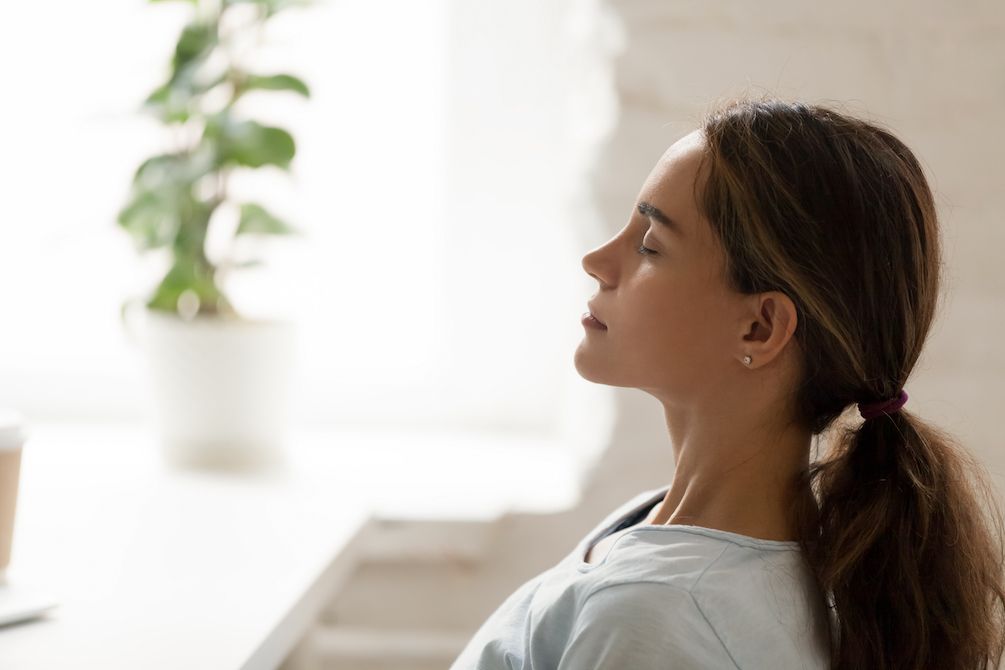
- Gently breathe in through your nose, mouth closed, for a count of six seconds.
- Don’t fill your lungs too full of air.
- Exhale for six seconds, allowing your breath to leave your body slowly and gently. Don’t force it.
- Continue for up to 10 minutes.
- Take a few additional minutes to be still and focus on how your body feels.
Yoga is a wellness practice with ancient roots, and breathing is at the heart of each variation of yoga.
One form of yoga, pranayama, includes multiple breathing variations that may help with anxiety. Some of these include lengthened exhale and equal breathing (both featured above), as well as lion’s breath and alternate nostril breathing (nadi shodhana).
Lion’s breath involves exhaling forcefully. To try lion’s breath:
- Get into a kneeling position, crossing your ankles and resting your bottom on your feet. If this position isn’t comfortable, sit cross-legged.
- Bring your hands to your knees, stretching out your arms and your fingers.
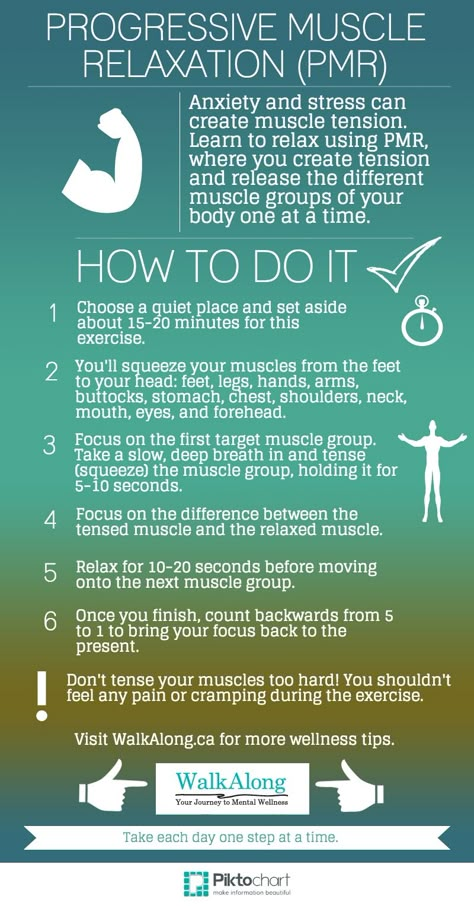
- Take a breath in through your nose.
- Breathe out through your mouth, allowing yourself to vocalize “ha.”
- During exhale, open your mouth as wide as you can and stick your tongue out, stretching it down toward your chin as far as it will go.
- Focus on the middle of your forehead (third eye) or the end of your nose while exhaling.
- Relax your face as you inhale again.
- Repeat the practice up to six times, changing the cross of your ankles when you reach the halfway point.
To try alternate nostril breathing, sit down in a comfortable place, lengthening your spine and opening your chest.
Rest your left hand in your lap and raise your right hand. Then, rest the pointer and middle fingers of your right hand on your forehead, in between the eyebrows. Close your eyes, inhaling and exhaling through your nose.
- Use your right thumb to close the right-hand nostril and inhale slowly through the left.
- Pinch your nose closed between your right thumb and ring finger, holding the breath in for a moment.
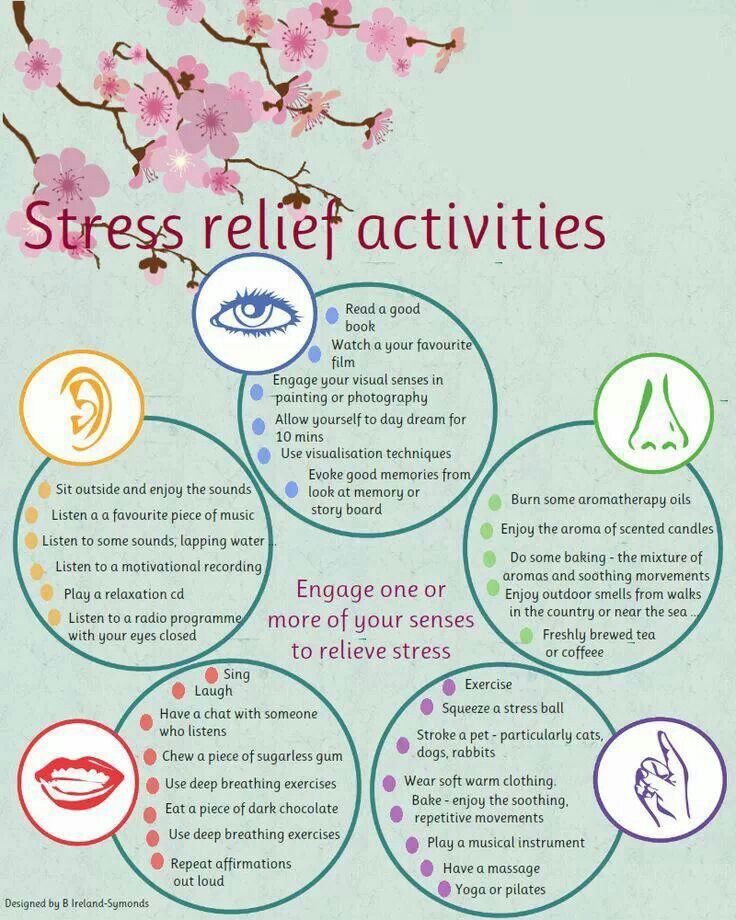
- Use your right ring finger to close your left nostril and exhale through the right, waiting for a moment before you inhale again.
- Inhale slowly through the right nostril.
- Pinch your nose closed again, pausing for a moment.
- Now, open the left side and exhale, waiting a moment before you inhale again.
- Repeat this cycle of inhaling and exhaling through either nostril up to 10 times. Each cycle should take up to 40 seconds.
Some people use guided meditation to alleviate anxiety by interrupting patterns of thinking that perpetuate stress.
You can practice guided meditation by sitting or lying in a cool, dark, comfortable place and relaxing. Then, listen to calming recordings while relaxing your body and steadying your breathing.
Guided meditation recordings help take you through the steps of visualizing a calmer, less stressed reality. It can also help you gain control over intrusive thoughts that trigger anxiety.
Meditation can help you establish new habits and patterns of thinking.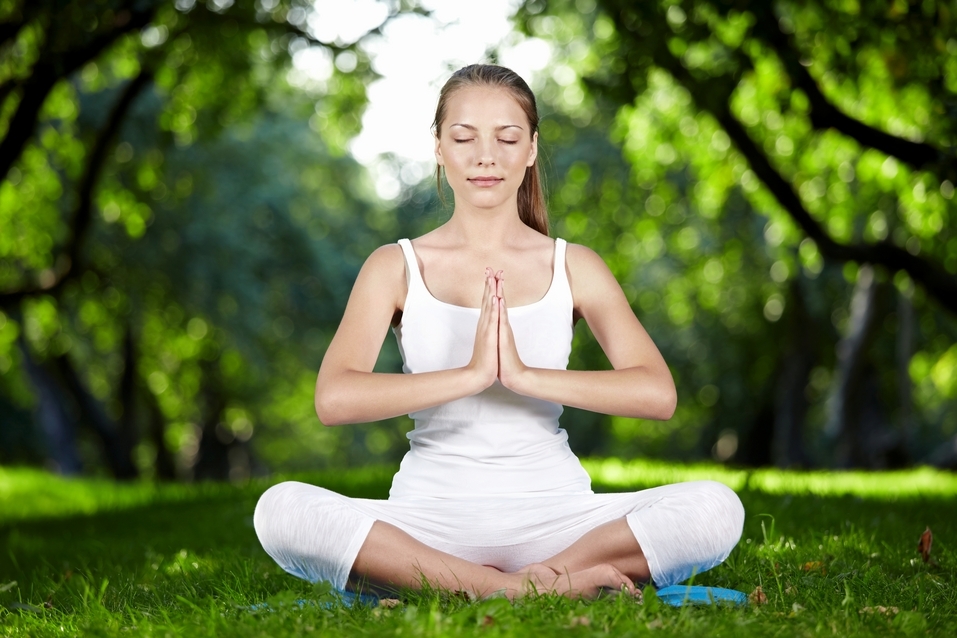 If you’d like to try it yourself, UCLA has guided meditation recordings available for streaming here.
If you’d like to try it yourself, UCLA has guided meditation recordings available for streaming here.
If you’re experiencing anxiety or panic attacks, try using one or more of these breathing techniques to see if they can alleviate your symptoms.
If your anxiety persists or gets worse, make an appointment with your doctor to discuss your symptoms and possible treatments. With the right approach, you can regain your quality of life and control over your anxiety.
404 Page not found
- About Us
- Historical note
- Educational work
- Employment
- Methodical work
- News
- Anti-corruption activities
- Information about the OO
- Basic information
- Structure and governing bodies of the OO
- Documents
- Education
- Educational standards
- Manual.
 Pedagogical (scientific and pedagogical) staff
Pedagogical (scientific and pedagogical) staff - Logistics and equipment of the educational process
- Scholarships and student support measures
- Paid educational services
- Financial and economic activities
- Vacancies for admission (transfer) of students
- Compensation
- Available environment
- International cooperation
- Applicants
- How to apply
- Specialties
- Receive check digits
- List of documents
- Tuition fees
- Medical record requirements
- Regulatory framework
- Entrance examinations
- Rank
- Students
- Local regulations
- Educational activities
- Intermediate certification / GIA
- Field trip
- Primary accreditation of specialists
- Psychological support
- Electronic library
- Student Council
- Guidelines
- Schedule
- Bell Schedule
- Class schedule
- Additional education
- Teachers
- Personal account
- Attestation of teachers
- Work plan of the educational organization
- Guidelines
- Useful links
- Electronic library
- Cycle methodological commissions
- Primary trade union organization
- Advertisements
- DPO
- Advanced training
- Legal Framework
- Distance learning
- List of documents
- Upcoming courses
- Apply
- Contacts
| ‹ | › | |||||
| Mon | Tue | Wed | Thu | Fri | Sat | Sun |
- ›
- students
- ›
- Psychological support
5 respiratory exercises, which will help to cope with the alarm
The period of quarantine was influenced by almost all of us. Some have discovered the joys of working remotely, interacted with family and friends more often, and established new habits. Others missed the office and live communication and were desperate to find that very work/life balance. Everyone did their best. However, the exit from the quarantine affected us no less - the state of affairs changed dramatically again, because of which many faced an unexpected panic. We retell the Stylist material about what breathing exercises will help to cope with anxiety.
Some have discovered the joys of working remotely, interacted with family and friends more often, and established new habits. Others missed the office and live communication and were desperate to find that very work/life balance. Everyone did their best. However, the exit from the quarantine affected us no less - the state of affairs changed dramatically again, because of which many faced an unexpected panic. We retell the Stylist material about what breathing exercises will help to cope with anxiety.
It doesn't really matter what you're feeling anxious about - maybe it's hard for you to get back to the office or take public transport again. Get serious about dealing with unpleasant sensations and emotions - it is useful to reinforce healthy reactions from the very beginning.
Morning Diaphragmatic Breathing
Begin each day with deep diaphragmatic breathing - it will take no more than 3-5 minutes. This will help to adjust the concentration in the morning. The essence of diaphragmatic (or abdominal) breathing is simple:
- take a comfortable position: eyes closed and body relaxed;
- put your right hand on your stomach in the navel area, and your left hand on your chest;
- breathe - while inhaling, work with your stomach so that the right hand begins to rise and fall, and the left hand does not move.
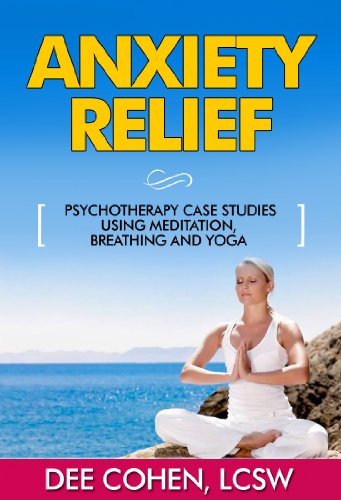
“Exhale in any unclear situation” technique
We might miss our colleagues and friends, but few wanted to return to the morning commute to the office by public transport. If you find yourself on the subway again at rush hour and feel very uncomfortable, try to concentrate on a deep exhalation - inhale for five seconds, exhale for ten. Repeat this exercise five times.
Box Breathing
Inhale and exhale through your nose for four seconds—completing each inhalation and exhalation, hold your breath for four seconds. Repeat the exercise four times. With this technique, you can not only reduce anxiety, but also improve focus and concentration.
Coherent (Sequential) Breathing
Inhale and exhale through the nose for six seconds, for a total of five breaths per minute. Technique allows you to calm down and quickly reduce stress levels.
Double breathing
During times of anxiety, it is important to manage some of the physical symptoms, such as a high heart rate.



